Paint Colors That Go With Natural Wood — 10 Picks That Bring Out the Beauty of This Organic Material
Finding paint colors that complement wood isn't too hard, but some of these choices will really make timber finishes sing

Aditi Sharma
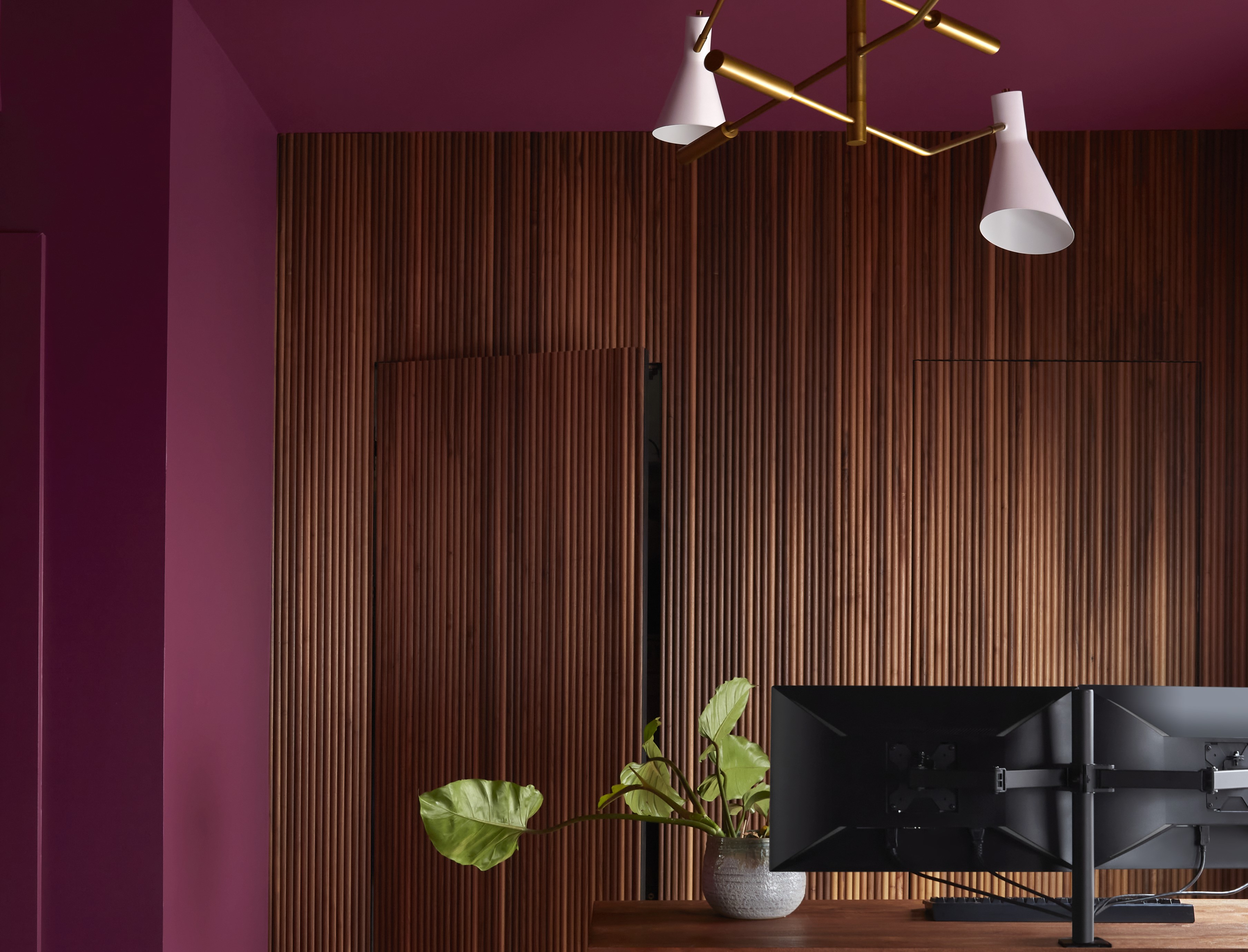
Wood is nature's neutral, so if you're looking for colors that go with it, you're pretty spoilt for choice. Having said that there are some colors that work particularly well with wooden finishes, while some can feel a little more dated.
Think of natural wood as an easy base on which you can build the color scheme you want, but for that you'll want to take a look at these expert-suggested paint color ideas that go brilliantly with timber in your home.
What paint colors go well with natural wood?
Whether you're looking for wall colors for dark wood floors or for light wood trims, neutrals like grays, beiges, creams, and greiges, can be an easy way to go. Muted colors with wood tones create a more relaxed, calming interior. However, experts also highly recommend brighter tones like red, mulberry, and dark blue to help lift the look and feel of spaces.
"In general, I'd say if you're looking for less vibrancy and more subtle feel, aim for very light neutral colors," says Noel Gatts, interior designer and founder of beam&bloom. "If you want to go darker on your walls, explore deep natural colors, like night sky blues and forest greens. No matter which direction you want to explore, always gather samples to view with your wood tones in different natural and artificial lighting throughout the day."
1. Gray
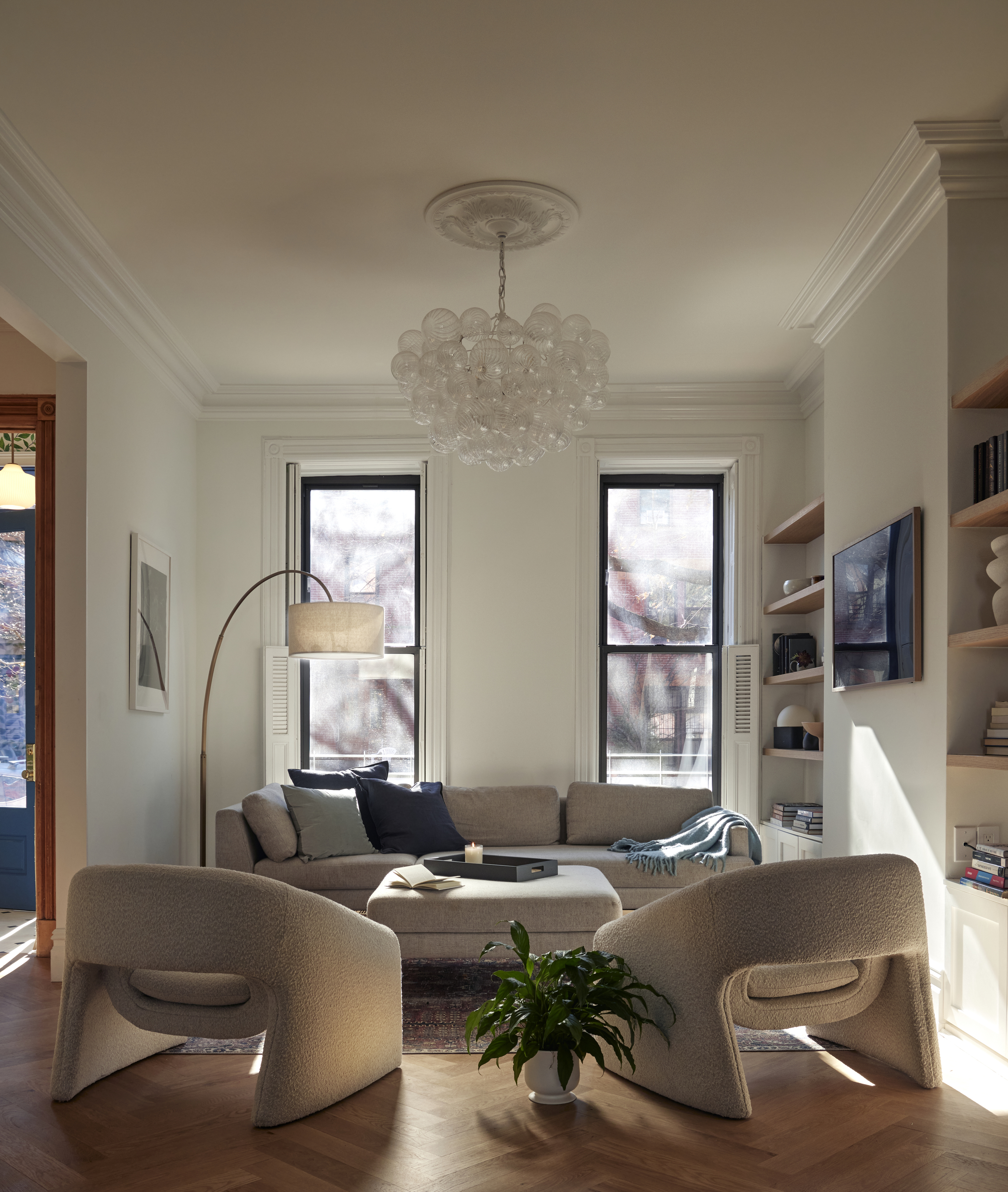
For a warm, cozy interior, gray is one of the best paint colors that go with natural wood — also many colors go with gray so it's easy to create a cohesive color scheme with this tone. This tone can feel open, airy, and a little bit vintage when used in lighter tones; plus it can contrast well with dark woods. Alternatively, with light woods, consider dark gray to warm up the room.
"Varying textures and materials can add depth and interest to a space dominated by dark flooring," shares Melissa Benham, co-founder of Studio Gild. "Consider integrating different fabrics, metals, and finishes to create a more dynamic and layered look. Take into account the amount of natural light the room receives. Rooms with plenty of natural light can handle darker tones better, while rooms with limited light risk feeling too dark and oppressive."
2. Dark Blue
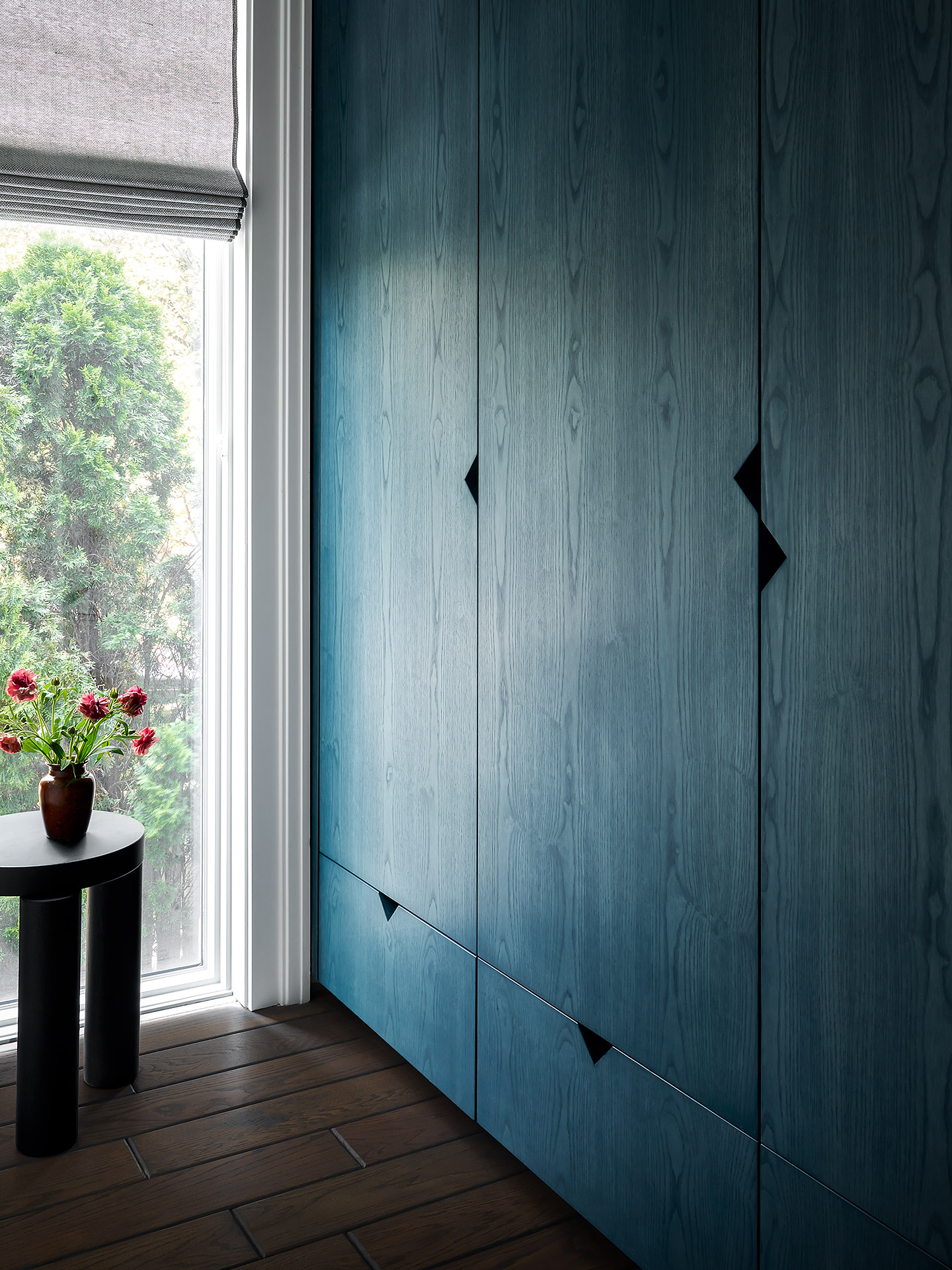
A teal or a dark blue is like a slightly friendlier version of black and a great paint color that goes with walnut wood or even a lighter wood. The combo can look chic and make the room appear warmer than a high-contrast white paint. Plus, several colors go with blue making this a lovely base tone to build more palettes on.
The Livingetc newsletters are your inside source for what’s shaping interiors now - and what’s next. Discover trend forecasts, smart style ideas, and curated shopping inspiration that brings design to life. Subscribe today and stay ahead of the curve.
"The combination of dark wood floors with vibrant blue cabinetry and light-colored window treatments creates a striking visual contrast," says Melissa. "The natural light from the window enhances the overall brightness of the space, while the dark floor anchors the space."

Price: $158/gallon
3. Mulberry

Deep, dark tones such as wine/mulberry or maroon look especially stunning with dark or mid-tone wood trim, and create a moodiness that's instantly endearing. This combination looks great in small bedrooms, hallways, and home offices. If you're choosing an earthy red, and fear the room may feel too dark, then consider adding in a third, more neutral tone. Since many colors go with maroon, wine, or mulberry, this shouldn't be a difficult scheme to create. Also, get some light bouncing into the room with light curtains and decor.
"We envisioned this room in a deep mulberry wine hue accented by the dark walnut tamboured wall and floor," shares Michelle Gage, founder of Michelle Gage Interior Design. "We wanted this office to exude sophistication with a bit of an eclectic madmen vibe."
4. Light blue
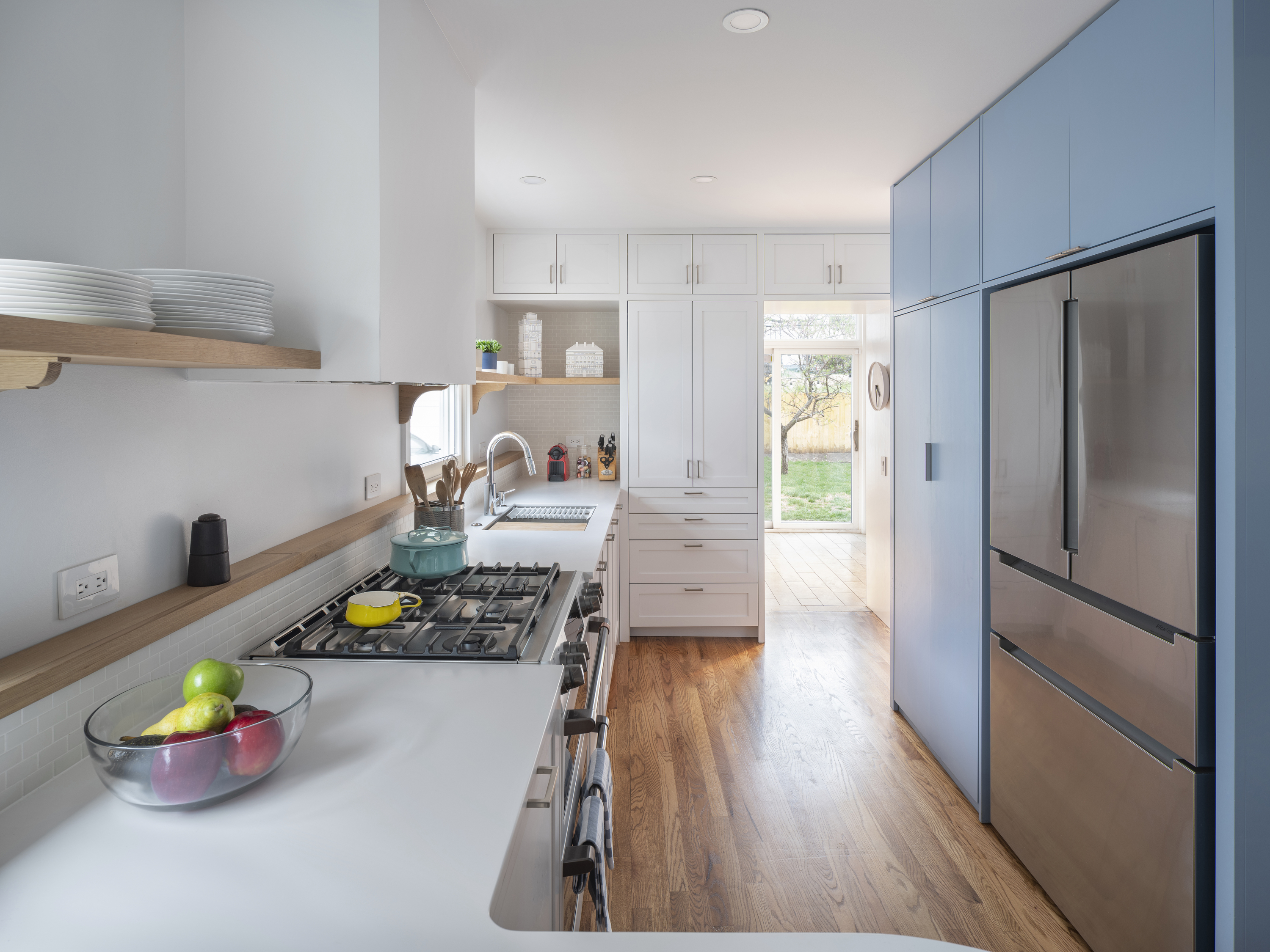
If you have a light-toned wood floor or one that's super grainy and do not want to go in for bold paint colors that go with natural wood, consider a muted tone. But this doesn't have to be white or cream. A light blue can add a punch of color to your kitchen color scheme or the hallway without darkening the space.
"We chose Cooks Blue from Farrow & Ball for this room as we wanted a soft but bold tone for the more contemporary object cabinet that housed the pantry and refrigerator," avers Chris Fein, founder and principal of Forward Design Architecture.
5. White
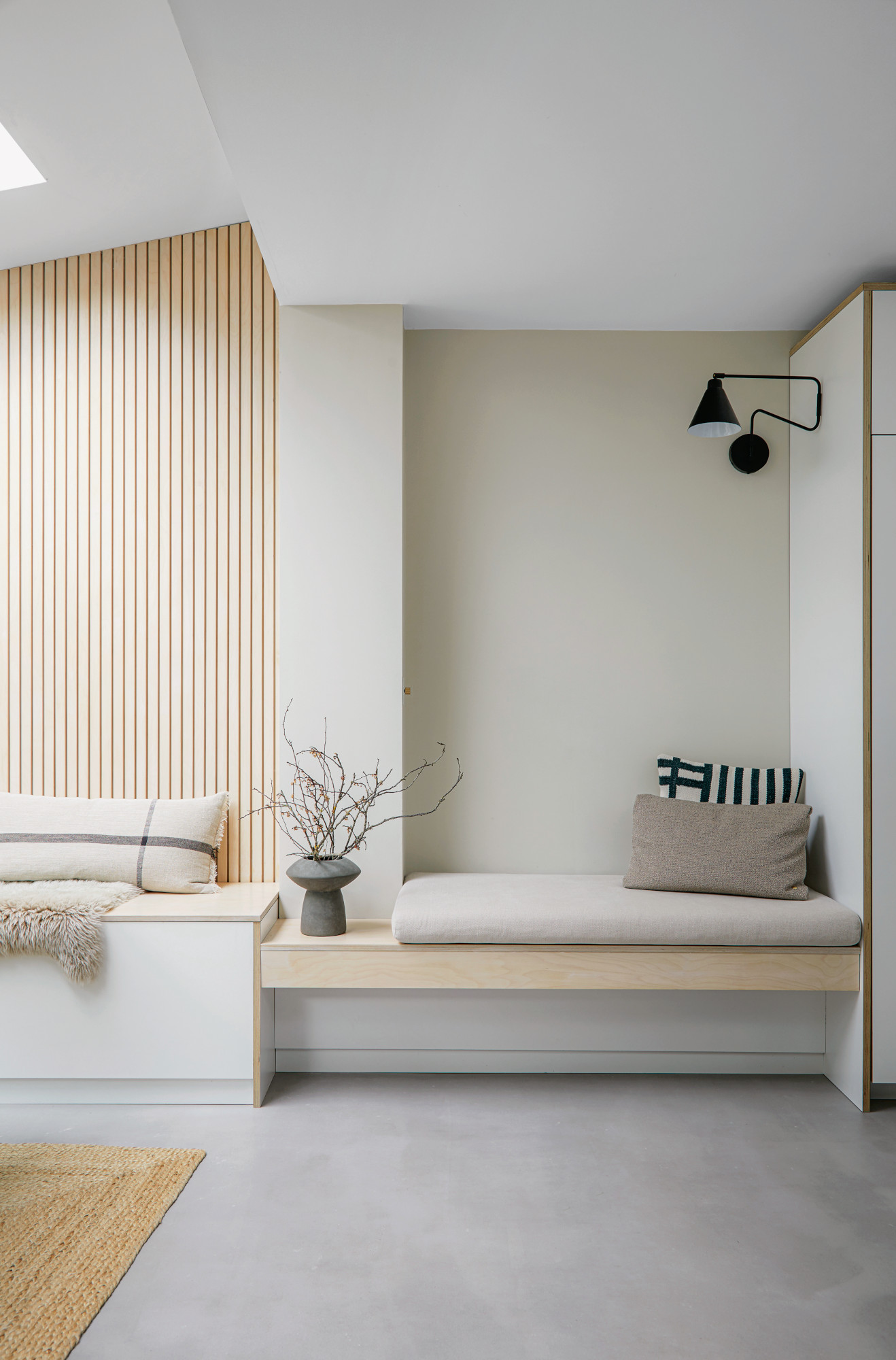
Aaron Markwell, color lead at COAT Paints, advises painting and decorating with neutrals to match with light wood tones if you want to create a relaxed, calming environment. "Pair light woods like beech, some oaks, and ash with pale, warm neutrals – especially with pine," he says.
Look for a creamy off-white with soft orange or yellow undertones that pair beautifully with a variety of wood finishes.
6. Green

A paint color that goes with teak wood, mahogany or other rich woods is green. In this project by Studio AHEAD, walnut furniture sits comfortably in a room painted in an on-trend pistachio — but it's just as suited to brighter shades.
"Dark woods such as walnut or mahogany work fantastically well with green, from fresher hues such as Boxington for a contrasting feel, to sumptuous rich greens such as Puck for an elegant interior," says Ruth Mottershead, creative director at Little Greene.
7. Pink
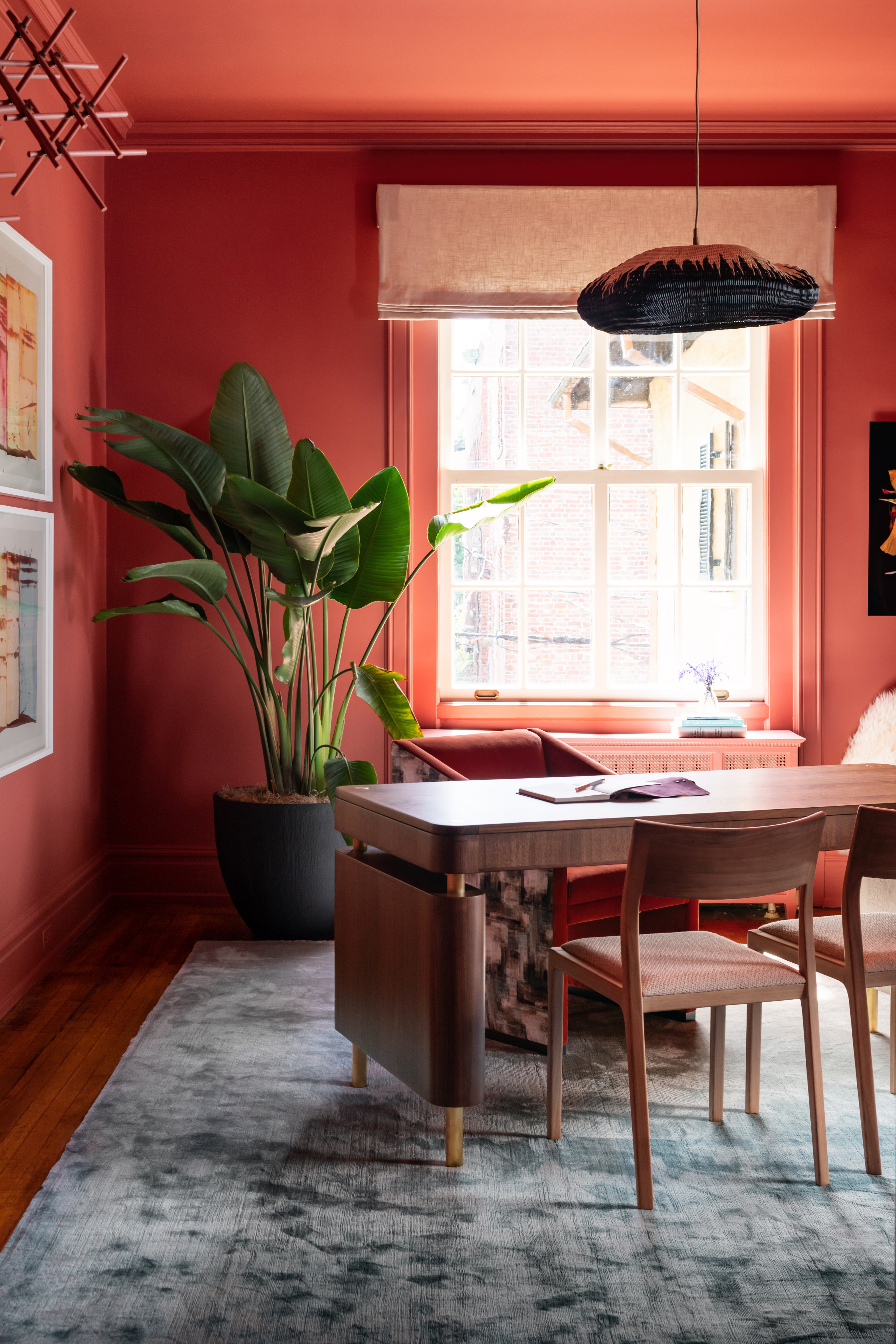
If you have oak wood trims and flooring and want to try a bold tone, consider a deeper shade of pink. Amongst the colors that go with pink is natural wood tones and this pairing is equal parts eye-catching and warm. "Antique oak tends to be darker with more variables of tone, and these will respond beautifully to richer, deeper tones," says Farrow & Ball brand ambassador Patrick O'Donnell. . "Templeton Pink – a deeply earthy pink – will make a wonderful pairing."
And if a dark pink isn't a tone you're super sold on, consider blush. This is an unexpected and welcoming color to pair with wood trim. When paired with warm wood tones, the look can be charming, and with darker, cooler wood, it can appear sophisticated and elegant.
8. Yellow

Sometimes finding paint colors that go with natural wood can be hard, especially if the wood is super grainy. There's too much visual movement in the trim and wood flooring, and you want to find a color that can add a slice of modernity without looking too stark.
"New oak tends to be cleaner and more blond, so look to colors that can respond to this," says Patrick. "A soft yellow like Hay will work in a subtle, restful fashion and has an underlying green note, which will flatter the wood while delivering warmth – a great choice for living room color."
Ruth recommends considering the atmosphere you're looking to create. "Is it cool and contemporary or warm and inviting?" she says. "A strong yellow or a bold orange will bring out the warm tones in these wood finishes."
9. Red
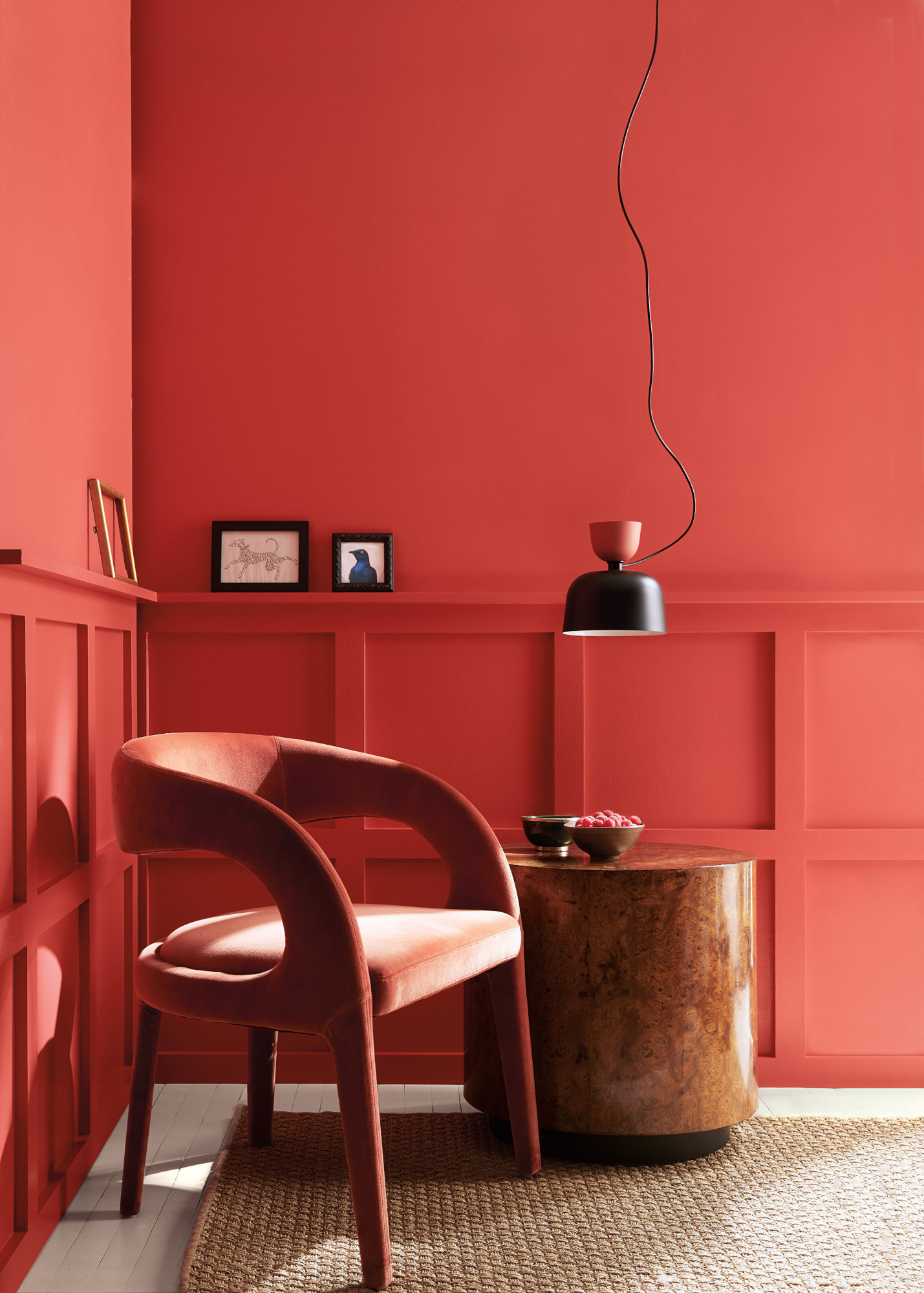
Warm woods like acacia, teak and cherry have a reddish tone that makes them perfectly suited to warmer shades — though it also means they can clash with cooler tones, so be careful.
"Warm woods like acacia, teak and cherry all have red undertones, so I try to pair with paint colors that also have some redness to them," says Aaron Markwell of COAT Paints. "Consider red walls like Old Street if you want your warm woods to feel a little more relaxed."
For a bolder scheme, consider rich shades that dial up the drama. Mix up the scheme and choose colors that go with red to blend in a more versatile color scheme. "Pair dark, warm woods with deep and warm colors such as Baked Cherry," advises Ruth. "Or create a dynamic and dramatic interior with contrasting blues or teal colors such as Canton or Air Force Blue."
10. Black
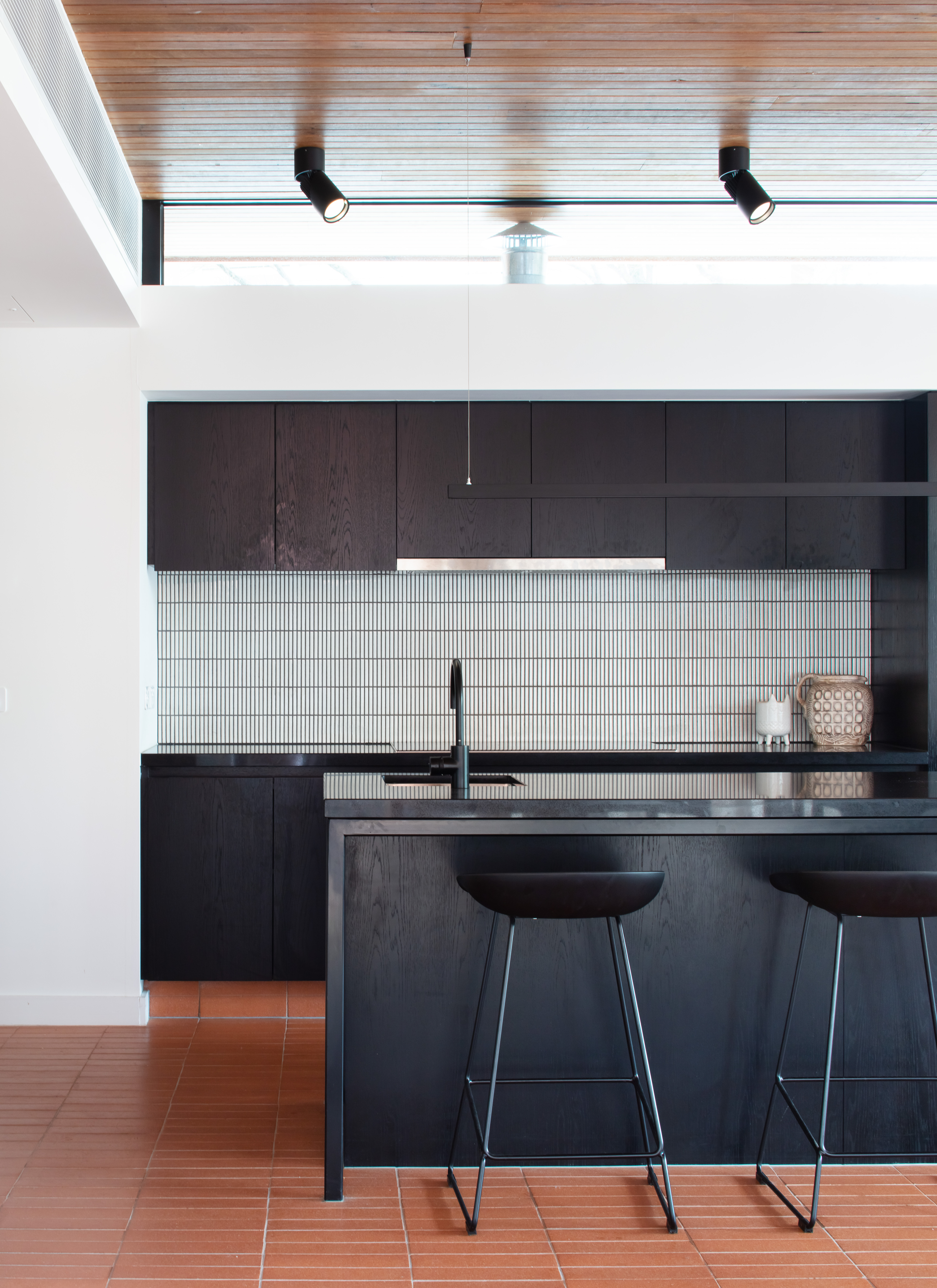
While woods like pine, beech, and plywood can vary in tone, they're generally quite versatile — which makes them a great candidate for pairing with bold color. Try this look with lighter furniture to help keep the look fresh and crisp.
"We love using black or charcoal paint colors in elements such as an island or beverage bar while keeping the rest of the paint choices more neutral," says Amy Leferink, interior designer at Interior Impressions.
Throw in other colors that go with black such as gray or cream for adding a little visual relief to the interior.
Do all paint colors go with natural wood?
"It’s important to look for colors that complement natural wood," says Ruth. "Use a color card or fan deck to identify these. For example, strong yellows or oranges combine beautifully with warmer woods; for cooler more ash-toned woods, consider cooler neutrals for a harmonious finish."
There are some general guidelines you can follow on paint colors that go with natural wood to increase your chances of color-matching success.
Leila Touwen is co-founder of Pluck – a kitchen company celebrated for its vibrant designs, which often pair woodgrain with brightly colored laminate. "Due to their organic patterns and natural hues, woods bring softness and warmth to a kitchen’s scheme," Leila says. "However, this does not mean all woods work well with contrasting cool colors as the underlying shades — the subtle greens, pinks, reds or browns — need to be considered."
How do you make old wood trim look modern with paint?
The best way to update a wooden baseboard, ceiling or flooring with paint is to opt for a cooler paint color rather than warm. Think blue, green or purple. This helps the wood look crisp and elegant rather than dated or too yellow.

Ellen is deputy editor of Livingetc magazine. She works with our fabulous art and production teams to publish the monthly print title, which features the most inspiring homes around the globe, interviews with leading designers, reporting on the hottest trends, and shopping edits of the best new pieces to refresh your space. Before Livingetc she was deputy editor at Real Homes, and has also written for titles including Homes & Gardens and Gardeningetc. Being surrounded by so much inspiration makes it tricky to decide what to do first in her own flat – a pretty nice problem to have, really. In her spare time, Ellen can be found pottering around in her balcony garden, reading her way through her overstacked bookshelf or planning her next holiday.
- Aditi SharmaFormer Design Editor




























